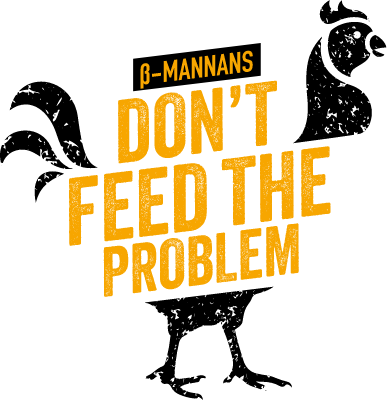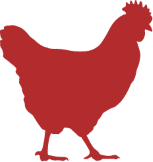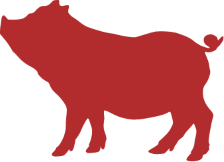β-mannans are likely costing you money in unnecessary feed costs:
They’re almost certainly in your feed, so understanding more about these compounds is the first step to stopping them sapping your productivity, and reducing their wider environmental impact…
β-mannans = non-starch polysaccharide (NSP) fibres
Description:
Naturally occurring non-nutritive feed compounds
- They cannot be broken down in the gut and detract from, rather than adding to the nutritional value of the feed
- Palm kernel meal: 7.24%
- Soya hulls: 6.67%
- Soybean meal: 0.67%
- Sunflower meal: 0.60%
- DDGS: 0.57%
- Oats: 0.31%
β-mannans cause a natural, but costly series of events within an animal, called a Feed-Induced Immune Response (FIIR):
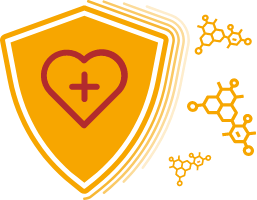
1. The animals’ innate immune system misrecognises β-mannans as a potentially disease-causing pathogen and mounts a response to protect itself against the perceived threat.

2. This natural, but unnecessary immune response
- uses up energy
- causes inflammation
- negatively affects Intestinal Integrity
- reduces nutrient absorption
- negatively affects energy metabolism

3. Animals need to be fed more to compensate for these losses.

β-mannans cause a feed induced immune response (FIIR)



Reduces nutrient digestion



Diverts energy away from growth / production


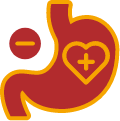
Negatively impacts on gut health



Increases feed costs
References:
1. Daskiran, M., Teeter, R., Fodge, D. and Hsiao, H. 2004. “An Evaluation of Endo-ß-D-mannanase (Hemicell) Effects on Broiler Performance and Energy Use in Diets Varying in ß-mannan Content.” Poultry Sci. 83: 662-668.
PM-UK-21-0762
